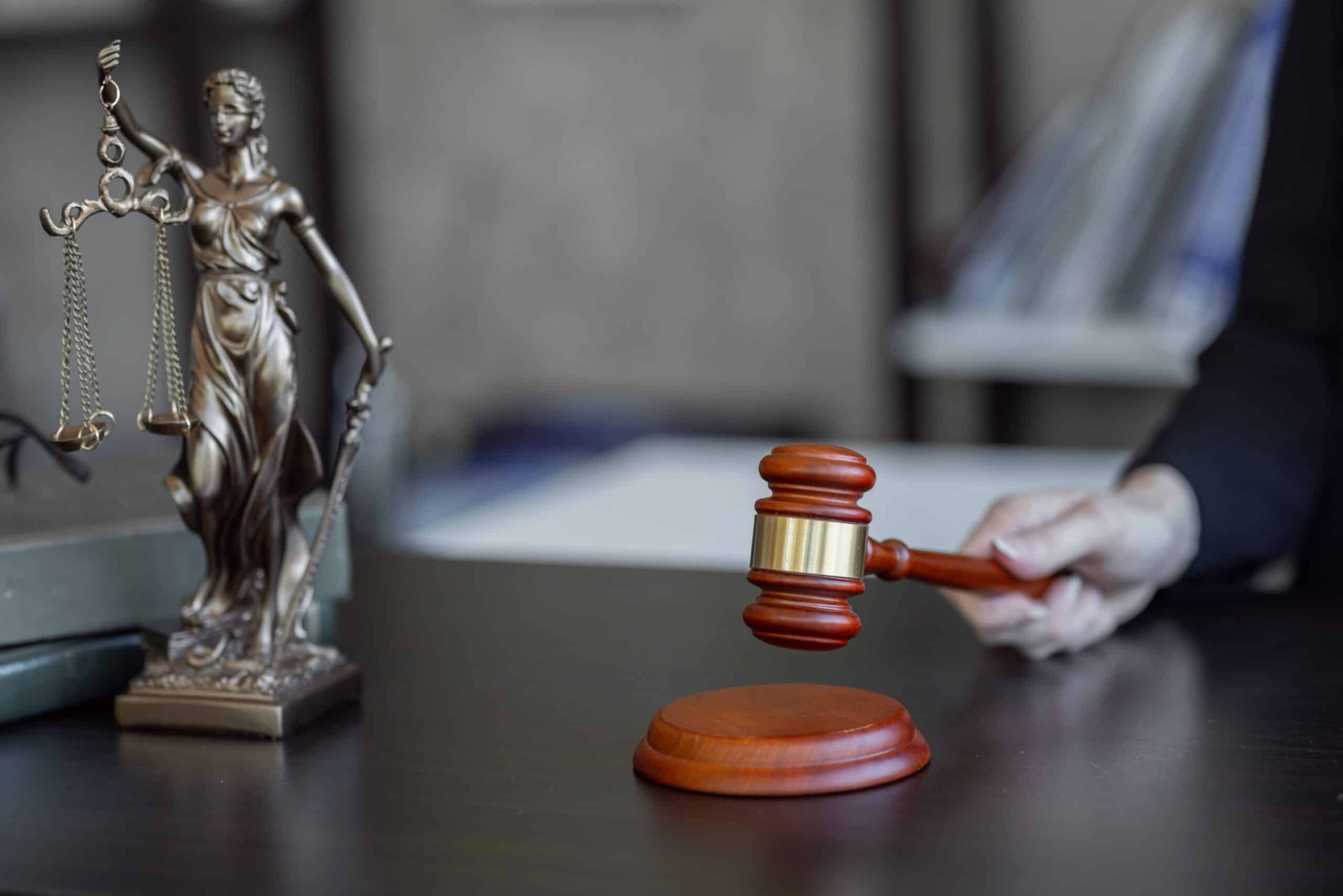In the realm of property transactions and legal intricacies, a real estate attorney serves as a crucial ally. Whether you’re buying a home, leasing commercial space, or navigating property disputes, his or her expertise ensures your interests remain protected and transactions proceed smoothly.
What Does a Real Estate Attorney Do?
A real estate attorney specializes in legal matters pertaining to property, acting as a guide and legal representative throughout various real estate transactions. His or her responsibilities encompass a wide array of tasks, including:
Contract Drafting and Review
One of the primary roles of a real estate attorney is drafting and reviewing contracts. Whether you are entering into a purchase agreement, a lease, or any other real estate contract, having an attorney review the terms ensures clarity and protects your rights. In Arlington Heights, real estate lawyers meticulously examine contracts to safeguard clients from pitfalls and ambiguities.
Title Examination and Title Insurance
Ensuring the property title is clear and free from encumbrances is essential in any real estate transaction. Real estate attorneys conduct thorough title examinations to verify ownership and identify any existing liens or claims. They also facilitate the acquisition of title insurance, which protects buyers and lenders from unforeseen legal issues related to the property’s title.
Negotiation and Mediation
In negotiations, whether with sellers, buyers, landlords, or tenants, real estate attorneys advocate for their clients’ best interests. They possess the negotiation skills necessary to secure favorable terms regarding price, repairs, lease conditions, and more. In cases of disputes, these attorneys also mediate between parties, striving to resolve conflicts efficiently and amicably.
Due Diligence and Legal Compliance
Before completing a real estate transaction, thorough due diligence is imperative. Real estate attorneys conduct comprehensive research on property history, zoning regulations, environmental concerns, and compliance with local laws. This diligence ensures that buyers and sellers are fully informed and compliant with legal requirements in Arlington Heights.
Do You Need a Real Estate Attorney in Arlington Heights?
While some real estate transactions proceed smoothly without legal intervention, others involve complexities that require professional legal oversight. Hiring a real estate attorney in Arlington Heights can help prevent costly mistakes, protect your financial interests, and provide peace of mind.
Buying or Selling Property
Whether you are purchasing a home or selling commercial property, a real estate attorney plays a crucial role in facilitating a legally sound and hassle-free transaction. While some states require attorneys to be involved in real estate closings, even where it is not mandatory, having legal guidance can prevent unexpected complications.
For Buyers
When purchasing real estate in Arlington Heights, a real estate attorney helps review contracts, conduct due diligence, and ensure that the property title is clear of any liens or legal claims. The attorney also assists with title insurance, an important safeguard that protects buyers from unforeseen ownership disputes. Real estate attorneys identify any zoning or land use restrictions that could impact your plans for the property, ensuring compliance with local laws.
For Sellers
For those selling real estate, an attorney ensures that all documentation, including the purchase agreement, disclosure statements, and closing documents, is in order. If any disputes arise during the selling process—such as issues with inspections, repairs, or buyer financing—your attorney can negotiate solutions on your behalf. Having a legal professional involved can also prevent post-sale liabilities, particularly if buyers later raise claims regarding misrepresentation or undisclosed property issues.
Commercial Leasing
Commercial leases involve more intricate legal and financial commitments than residential agreements. Whether you are a business owner leasing a commercial space or a property owner renting out space, working with an Arlington Heights real estate attorney ensures that your rights are protected and that you fully understand your obligations under the lease agreement.
For Tenants (Business Owners)
Signing a commercial lease without legal review can lead to unexpected expenses and operational challenges.
A real estate attorney can:
- Review the lease terms to ensure fair rental rates, maintenance responsibilities, and renewal clauses.
- Negotiate favorable terms that allow flexibility in case your business grows or needs to relocate.
- Ensure compliance with zoning laws to avoid fines or legal issues related to business operations.
- Assist in understanding and negotiating provisions such as common area maintenance (CAM) charges, sublease rights, and liability protections.
For Landlords
If you are leasing commercial property, an attorney helps:
- Draft a comprehensive lease agreement that outlines clear terms, protecting you from future disputes.
- Ensure the lease complies with Illinois landlord-tenant laws and local Arlington Heights property regulations.
- Address disputes with tenants, including non-payment, lease violations, or property damage.
Resolving Property Disputes
Property disputes can arise from a variety of situations, ranging from unclear property boundaries to contract disagreements and landlord-tenant conflicts. When these issues escalate, they can become costly and time-consuming. A real estate attorney in Arlington Heights helps clients resolve disputes efficiently, whether through negotiation, mediation, or litigation.
Boundary Disputes and Easement Issues
Neighboring property owners sometimes disagree over boundary lines or easement rights (the right to access or use another person’s property for a specific purpose, such as a driveway or utility access). A real estate attorney can review property deeds, survey reports, and zoning regulations to clarify ownership rights and negotiate a resolution.
Landlord-Tenant Conflicts
Landlords and tenants often face disputes over lease violations, property maintenance, security deposit returns, or eviction proceedings. For landlords, a real estate attorney ensures compliance with Illinois landlord-tenant laws when evicting a tenant or enforcing lease terms. For tenants, an attorney can provide legal defense against wrongful eviction or unfair lease conditions.
Homeowners’ Association (HOA) Disputes
If you live in a community governed by a homeowners’ association (HOA), disagreements over fees, regulations, property modifications, or rule enforcement may arise. A real estate attorney can help negotiate a resolution with the HOA board, challenge unfair penalties, or defend your rights if legal action is necessary.
Litigation and Court Representation
When out-of-court resolutions are not possible, a real estate attorney provides litigation support to protect your interests. Whether you need to file a lawsuit or defend against one, having an experienced attorney can make a significant difference in the outcome.




















